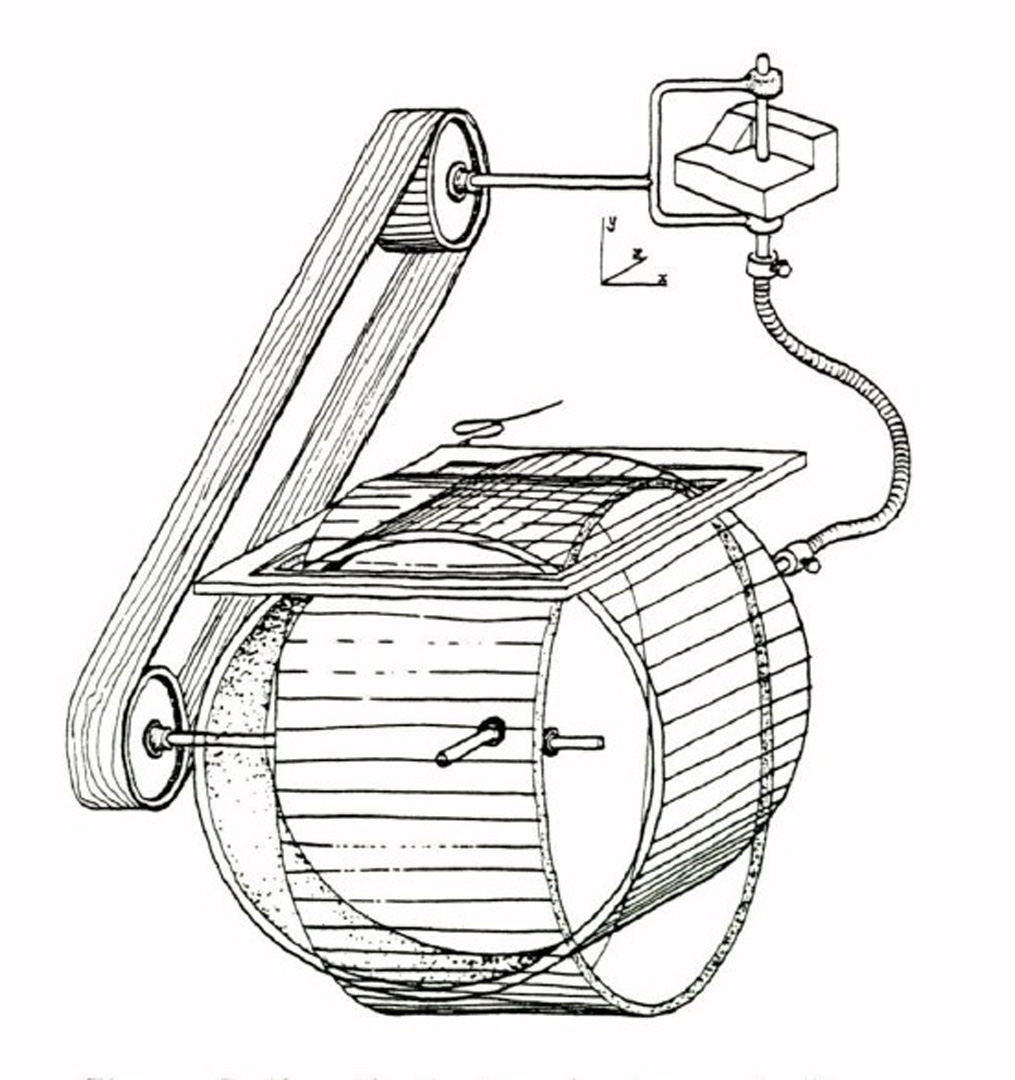“Some principles for the effective display of data” by Morse
Conference:
Type(s):
Title:
- Some principles for the effective display of data
Presenter(s)/Author(s):
Abstract:
Since computers can produce output at a high rate, it is often useful for it to put that output in a form that facilitates human analysis. There has been much research on the human factors of displays; from this research, we can evolve principles to guide the effective display of computer output. The two main principles described here are the principle of proportional effect, which guides the encoding of a datum’s identity and value, and the principle of least effort, which minimizes the effort needs to scan, and perceive and interpret the display. Some of these ideas are illustrated using data generated by a neural simulation.
References:
1. Ashford, F. The Aesthetics of Engineering Design. Business Books, Ltd., London, 1969.
2. Barmack, J.E. and Sinaiko, H.W. Human factors in computer-generated displays. Institute for Defense Analysis, Research and Engineering Support Division, Study S-234, AD636170, April 1966.
3. Chapanis, A. Man-Machine Engineering. Wadsworth Publishing Co, Inc, Belmont, CA 1965
4. Chapanis, A. and Lindenbaum, L.E. A reaction time study of four control-display linkages. Human Factors 1(4): 1-7, 1959.
5. Chapanis, A. and Lockhead, G. A test of the effectiveness of sensor lines showing linkages between displays and controls. Human Factors 7(3): 219-229, 1965.
6. Christ, R.E. Review and analysis of color coding research for visual displays. Human Factors 17(6): 542-570, 1975.
7. Donelson, W.C. Spatial management of information. SIGGRAPH’78 Proceedings, August 23-25, 1978, Atlanta, GA (R.L. Phillips, Ed.)
8. Fitts, P.M. and Seeger, C.M. S-R compatibility: spatial characteristics of stimulus and response codes. J. of Experimental Psych. 48: 199-210, 1953.
9. Foley, J.D. and Wallace, V.L. The art of natural graphic man-machine conversation. Proc. IEEE 62(4): 462-471, 1974.
10. Goldstein, D.A. and Lamb, J.C. Visual coding using flashing lights. Human Factors 9(5): 405-408, 1967.
11. Hammer, C. and Ringel, S. Information assimilation from coded and uncoded individual and group displays. Hum. Fac. 7(3):245-255, 1965.
12. Hitt, W.D. An evaluation of five different abstract coding methods—Experiment IV. Human Factors 3(2): 120-130, 1961.
13. Hodge, D.C. Legibility of uniform-strokewidth alphabet: I. Relative legibility of upper and lower case letters. J. of Experimental Psych. 1: 34-46, 1962.
14. Huntley, M.S. Task complexity and serial performance under steadily increasing input rates. Human Factors 14(1): 65-75, 1972.
15. Jones, M.R. Color coding. Human Factors 4(6): 355-365, 1962.
16. Kanarick, A.F., et al. Multi-source information acquisition with optional stopping. Human Factors 11: 379-385, 1969.
17. Martin, J. Design of Man-Computer Dialogues. Prentice-Hall, Inc, Englewood Cliffs NJ, 1973.
18. McCormick, E.J. Human Factors Engineering. McGraw-Hill, 1970.
19. Meister, D. Behavioral Foundations of System Development. Wiley Interscience, New York, 1976
20. Miller, G.A. The Psychology of Communication. Penguin Books, Inc, Baltimore, MD, 1967.
21. Miller, J. Adjusting to overloads in information. (from) Waggoner, R.W. and Carek, D.J. (Eds.) Disorders of Communication. Research Publications, Assoc. for Research in Nervous and Mental diseases, 42: 87-100, 1964.
22. Morse, A. and Kilmer, W. A neural net capable of competitive and cooperative computation. Biol. Cybern. 30(1): 1-6, 1978.
23. Pollack, I. Detection of changes in spatial position: IV. Multiple display fields, display aiding and interference. Human Factors 16(2): 93-116, 1974.
24. Posner, M.I. Information reduction in the analysis of sequential tasks. Psych. Review 71: 491-504, 1964.
25. Roscoe, S.N. Airborne displays for flight and navigation. Human Factors 10(4): 321-332, 1968.
26. Schutz, H.G. An evaluation of formats for graphic trend displays—Experiment II. Human Factors 3(2): 99-107, 1961.
27. Schutz, H.G. An evaluation of methods for presentation of graphic multiple trends—Experiment III. Human Factors 3(2): 108-119, 1961.
28. Smith, S.L. and Goodwin, N.C. Blink coding for information display. Hum Fac. 13(3):283-290, 1971
29. Smith, S.L. and Goodwin, N.C. Another look at blinking displays. Hum Fac. 14(4):345-347, 1972.
30. Tinker, M.A. Prolonged reading tasks in visual search. J. of Appl. Psych. 39:444-446, 1955.
31. Vicino, R.L., Andrews, R.S., and Ringel, S. Type, extent and coding of updated information. Hum. Fac. 8(5): 407-416, 1966.
32. Yntema, D.B. Keeping track of several things once. Human Factors 5(1), 1963.





